3 accidents haunt nuclear's past. Will they dictate its future?
Nuclear at a Crossroads, Part IV: A review of the most storied disasters in the history of global nuclear power

This is Part IV in Project Optimist's Nuclear at a Crossroads series. Please join us on Tuesday, Nov. 14 from 5 to 7 p.m. for a virtual discussion about nuclear power in Minnesota. Sign up here.
Minnesota power utilities have 17 years to pivot their energy production to 100% carbon-free sources, following a government mandate earlier this year. Some in the Legislature and the energy industry have recommended nuclear power as a compliment to renewable sources and battery storage systems – a steady baseline power source to level out periods of high and low production caused by varying wind speeds, solar output, and water levels and currents.
The data suggest nuclear is safe. Estimates on nuclear’s overall mortality rate are comparable to solar or wind power (and roughly 2.5% that of hydro power). Oil and coal, meanwhile, are as much as 800 times higher.
And yet, any conversation on nuclear is incomplete without discussing the historic disasters that have tainted the technology's reputation. Here, we'll break them down in order, beginning with the most famous nuclear disaster in U.S. history.
Three Mile Island, 1979 (United States)
Location: Three Mile Island power station, Unit 2; near Harrisburg, Penn.
Date & Time: March 28, 1979 at approximately 4 a.m.
Economic Impact: $9 million in 1979 ($38.2 million equivalent in 2023)
Casualties: 0
Current Status: Region inhabited; Cleanup ongoing; Completion est. 2052
America's most serious nuclear disaster was in large part the result of a stuck pressure release valve that opened as intended but then failed to close, causing an unintended and continued release of contaminated cooling water. In the control room, operators received unclear signals as to the state of the emergency, and their repeated attempts to contain the escalating situation only made matters worse.
The plant neared meltdown temperatures overnight, word broke to the media and public, and both government and utility representatives alike made repeated missteps in communicating the nature of the situation to area residents.
What began as the regular maintenance of a contaminated filter (water entered the system during maintenance and tripped the first alarms) resolved a full three days later following mass worry and confusion.
Only when former President Jimmy Carter (himself trained as a nuclear engineer) visited the site in person — despite objections from some advisors — did the public begin to believe the emergency was over.
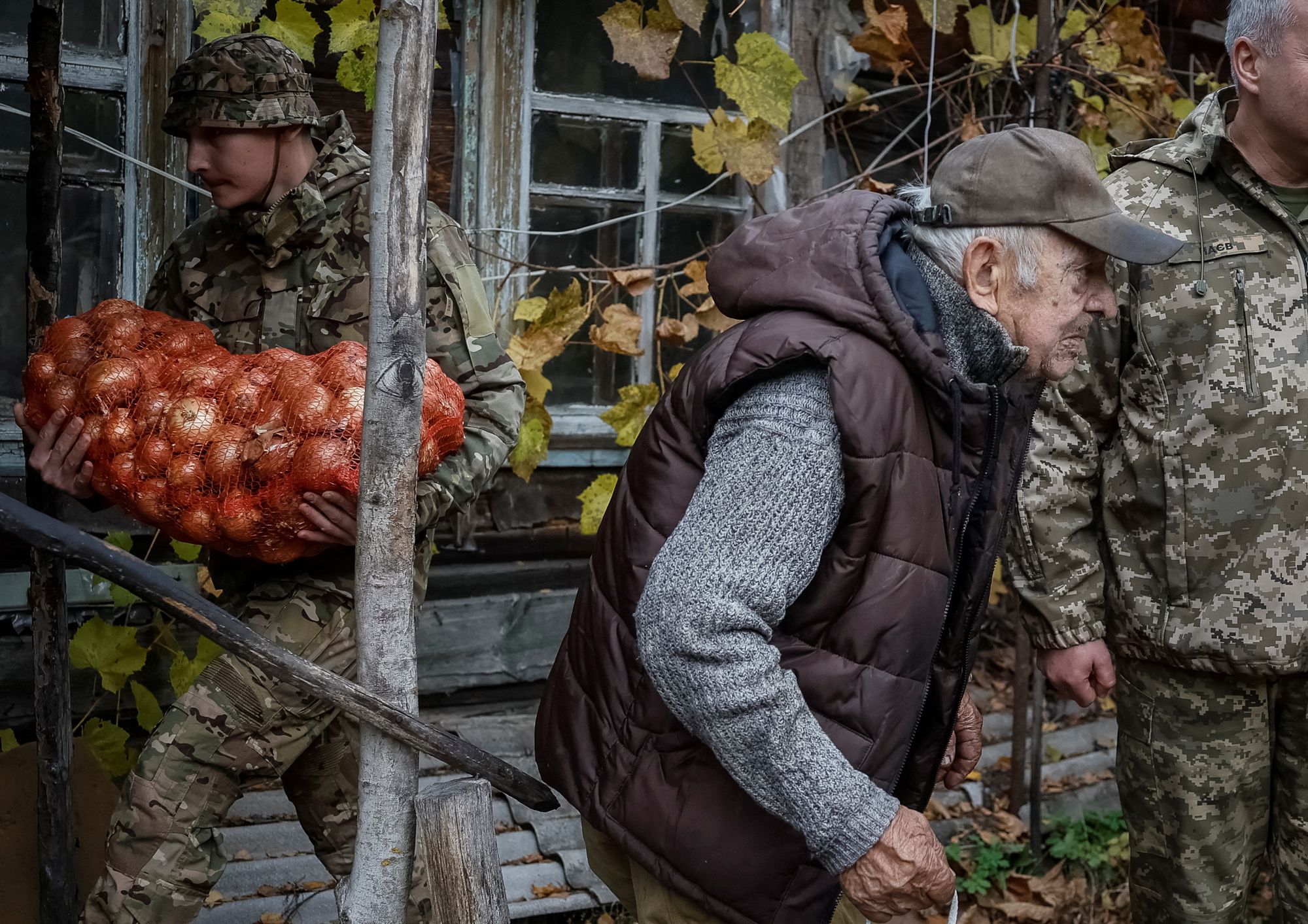
Chernobyl, 1986 (Former Soviet Union, Ukraine)
Location: Chernobyl nuclear power plant, Unit 4; northern Ukraine, former Soviet Union
Date: April 26, 1986 at 1:23 a.m. (Unreported until April 28, 1986)
Economic Impact: Estimated at several hundred billion dollars over three decades
Casualties: Approximately 30 initially; long-term predictions range up to 90,000 or more
Current Status: Region mostly uninhabited; Reactor under long-term confinement
It was supposed to be a test — one that had failed multiple times previously and which Soviet leaders now insisted must succeed — to determine whether or not backup generators at the Chernobyl plant could take over the reactor's cooling systems during a power outage. Things didn't go to plan.
The plant was brought offline to simulate a failure but then headed quickly toward disaster. Multiple mistakes and a compromised design created a runaway situation that ended with the catastrophic meltdown of one of Chernobyl’s four fission reactors.
Unit 4 of the Chernobyl plant ruptured with operators in the plant unaware of the explosion.
Some survivors claimed to have watched the incredible glow of radiation into the atmosphere as emergency responders rushed to the scene to contain fires and prevent further catastrophe. A massive cloud of irradiated material began to disperse over Europe.
The Chernobyl accident was initially unreported by the Soviet Union. It wasn't until elevated radiation readings in Sweden raised questions that the world began to learn of the meltdown. Most estimates cite two deaths in the initial explosion (there may have been more), and dozens more died in the weeks after from acute radiation sickness. The nearby town of Pripyat was evacuated days too late, and to this day the Chernobyl Exclusion Zone remains largely uninhabited and may remain that way for another 20,000 years.
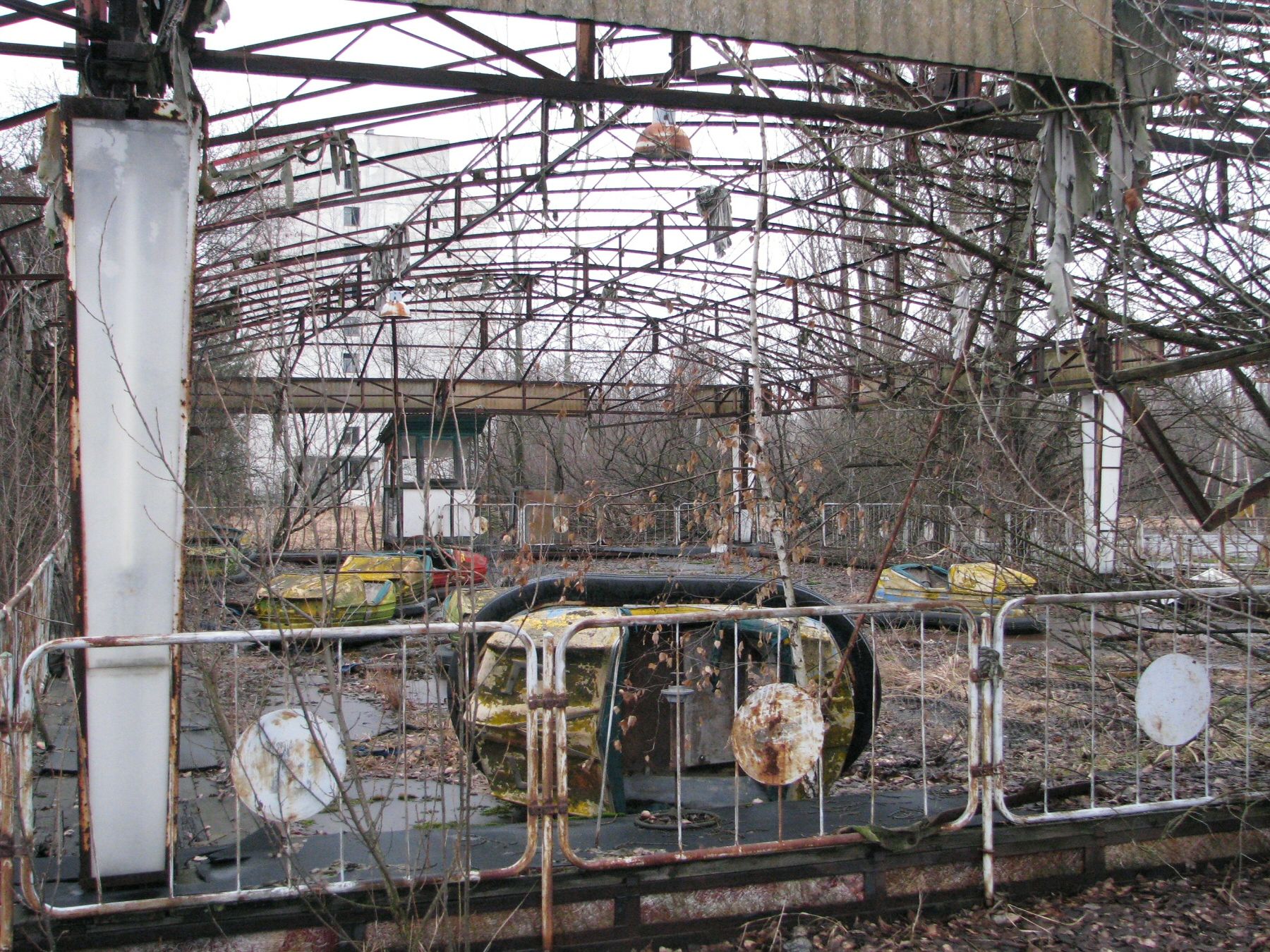
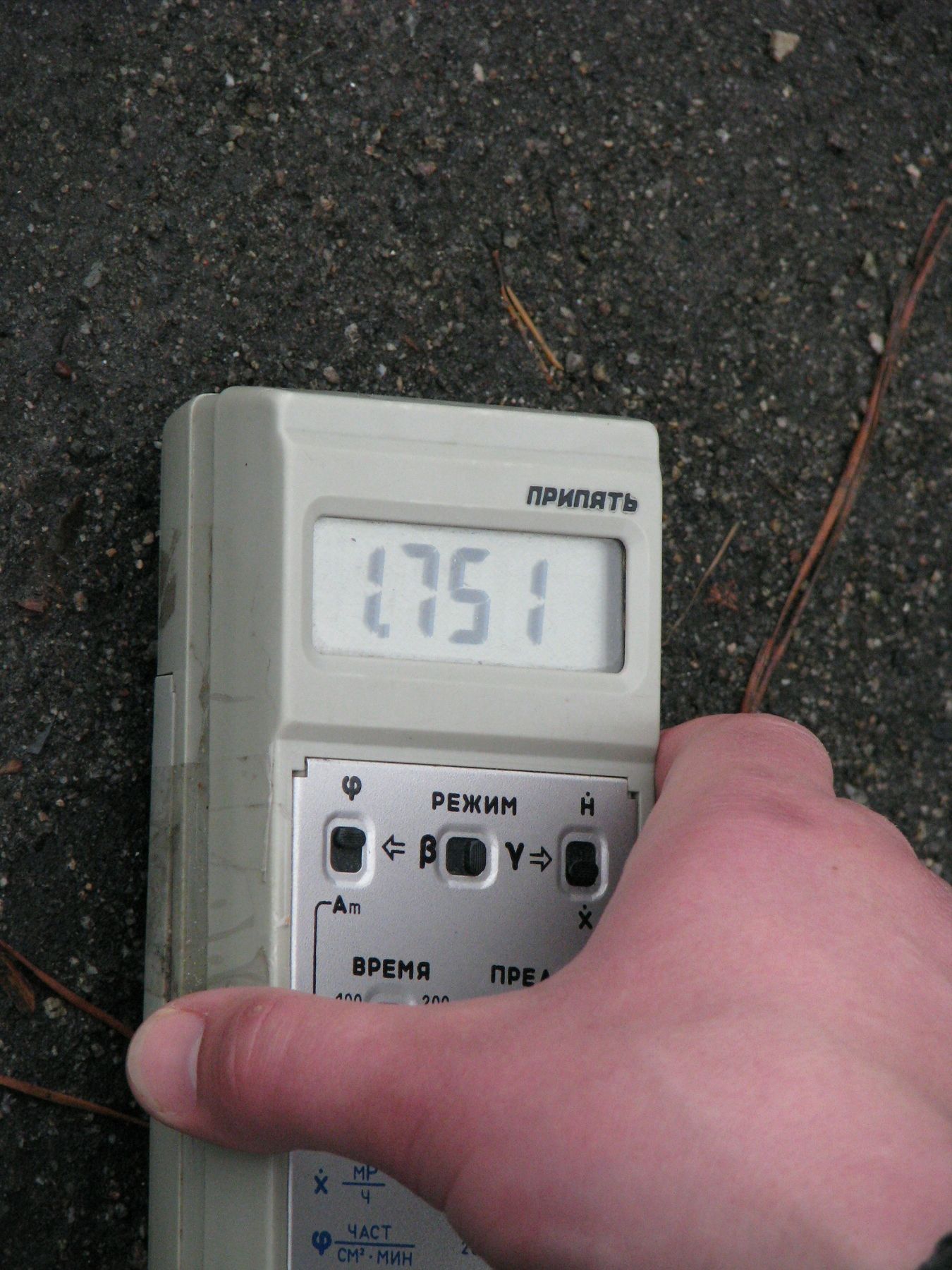
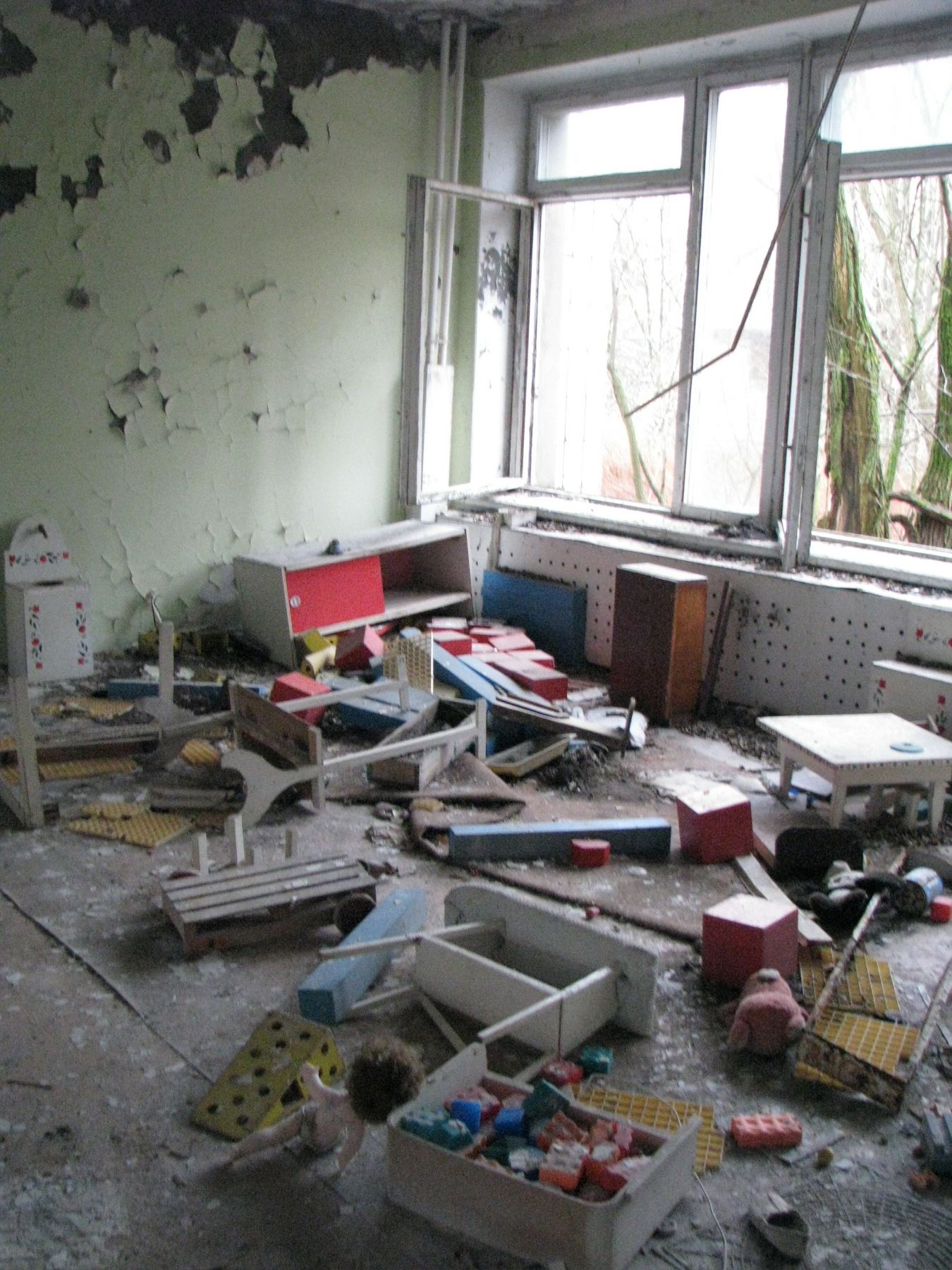
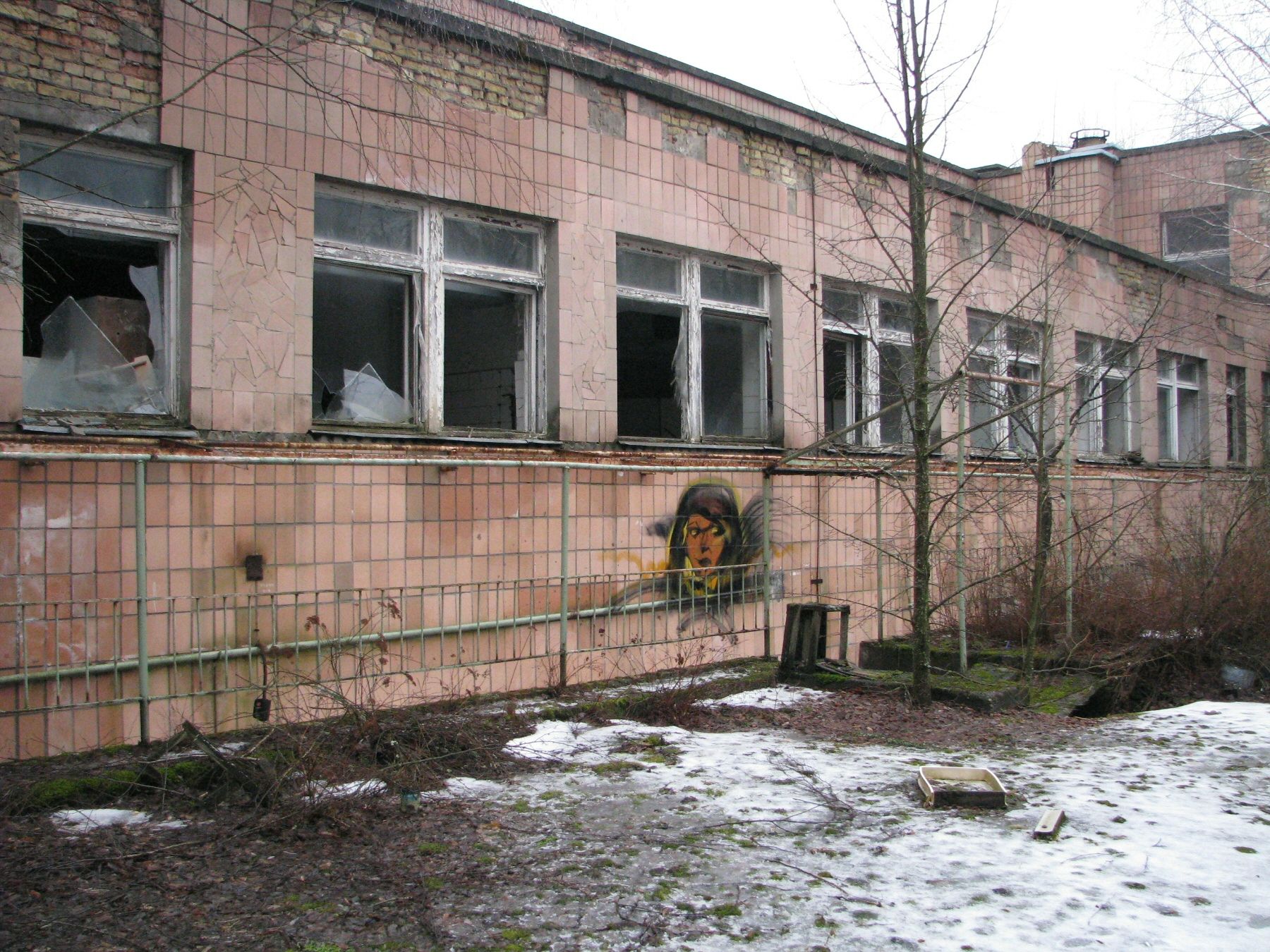
These four photos show scenes from Pripyat, Ukraine, taken in February 2008. The city was evacuated in 1986 after the disaster at the Chernobyl nuclear power plant. The device in the second photo measures elevated levels of radiation. (Courtesy of Erin Luhmann Hinrichs)
Fukushima, 2011 (Japan)
Location: Fukushima Daiichi nuclear power plant; Okuma, Fukushima, Japan
Date & Time: March 11, 2011 at 2:46 P.M.
Economic Impact: Approximately $200 billion, per a 2014 study ($260 billion equivalent in 2023)
Casualties: 0 initially; 1 confirmed death from cancer to date
Current Status: Portions uninhabitable for at least 100 years, based on data from a citizen science nonprofit; Cleanup ongoing
It started with an earthquake — the greatest on record in Japan — that began offshore and hit the island of Honshu, including the nuclear plant at Fukushima. A tsunami landed within 30 minutes.
A 2008 internal report from TEPCO, the company operating the Fukushima plant, warned the facility may not be prepared for a major flooding event. In the three years that followed, the warnings went unheeded, and the plant was left without protection from the tsunami’s 13-meter-high waves. The tsunami surged over the storm walls, beginning a cascade of catastrophic events. When the reactors went offline as the result of an automatic shutdown, backup generators for the cooling system failed as a result of the flooding.
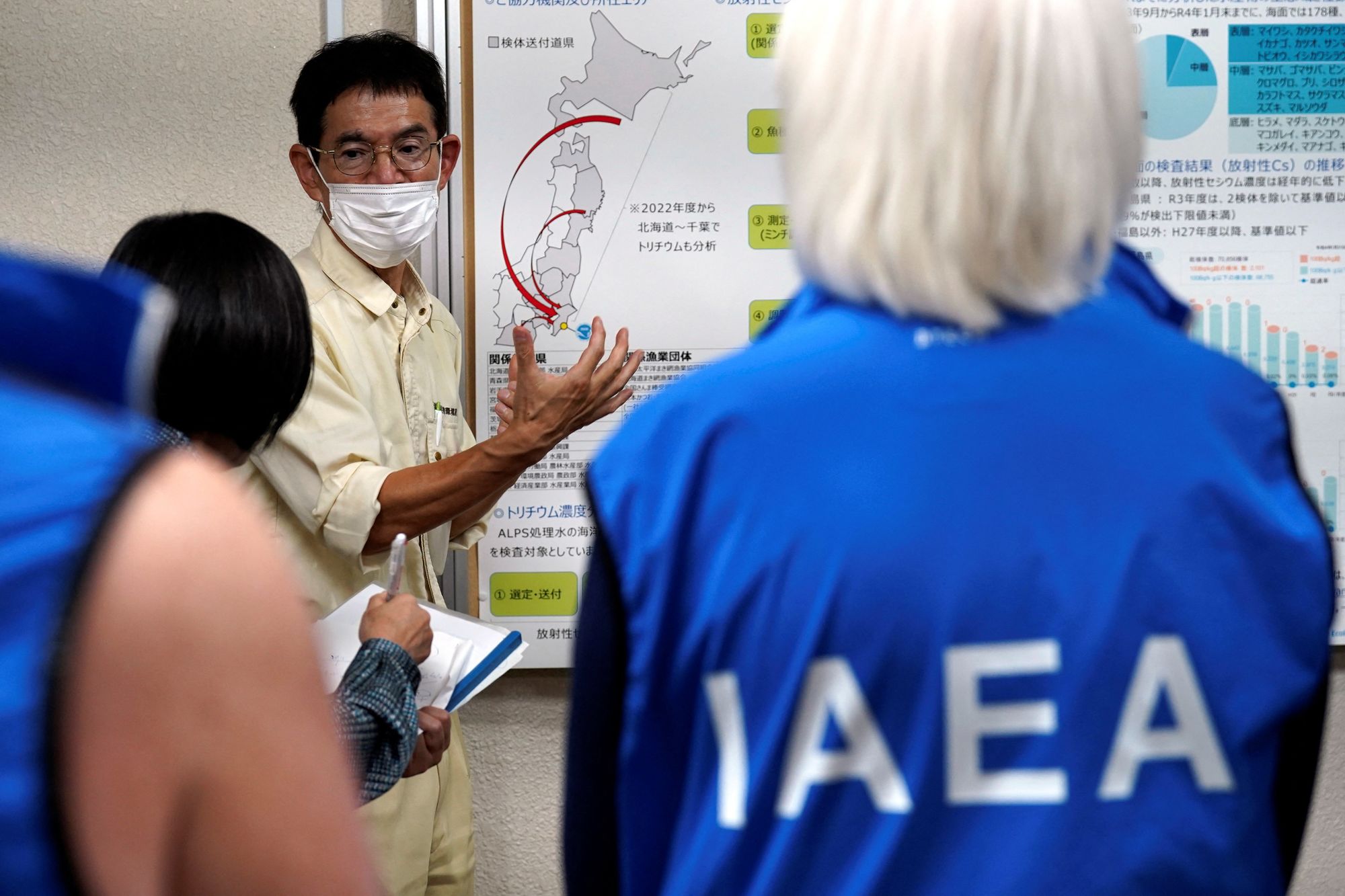
Without cooling, the still-hot reactors began to melt down, and a tense back-and-forth between the utility and the country's government seemed likely to determine the country's fate. Hydrogen gas building up in three of the four reactors caused massive explosions, but emergency crews eventually contained the disaster, allowing plant staff to return and stabilize the Fukushima reactors days after it all began.
Nearly 20,000 people are estimated to have died during the tsunami, though no deaths were immediately attributed to the failure of the nuclear plant. One former TEPCO worker reportedly died of cancer as a result of the radiation exposure a few years later, and other estimates suggest more than 2,000 people may have died as a result of other factors relating to the emergency evacuations because of the meltdown.

Minnesota has its own history of nuclear incidents
Minnesota's first nuclear plant began operations in the late 1950s but suffered a troubled existence. The three reactors still in operation today opened in the 1970s. Their operator, Xcel Energy, is seeking license extensions into 2050, which could see those plants reach 80 years old.
It hasn't been all smooth sailing.
In October 1979 a failure at the Prairie Island nuclear plant caused by a ruptured steam pipe led to the release of radioactive steam into the air for nearly half an hour. Northern States Power (today Xcel Energy) called the release a "puff" and said the overall radiation emitted was insignificant.
The event left a lasting impression on many, including the neighboring Prairie Island Indian Community. Only 700 yards from the plant, the tribe was never notified of the active emergency, according to a tribal spokesperson – even as 100 utility employees were being evacuated.
Already this year, both of Minnesota's nuclear plants have seen unexpected shutdowns.
The Prairie Island plant was forced to shutdown on Memorial Day because of a transformer issue.
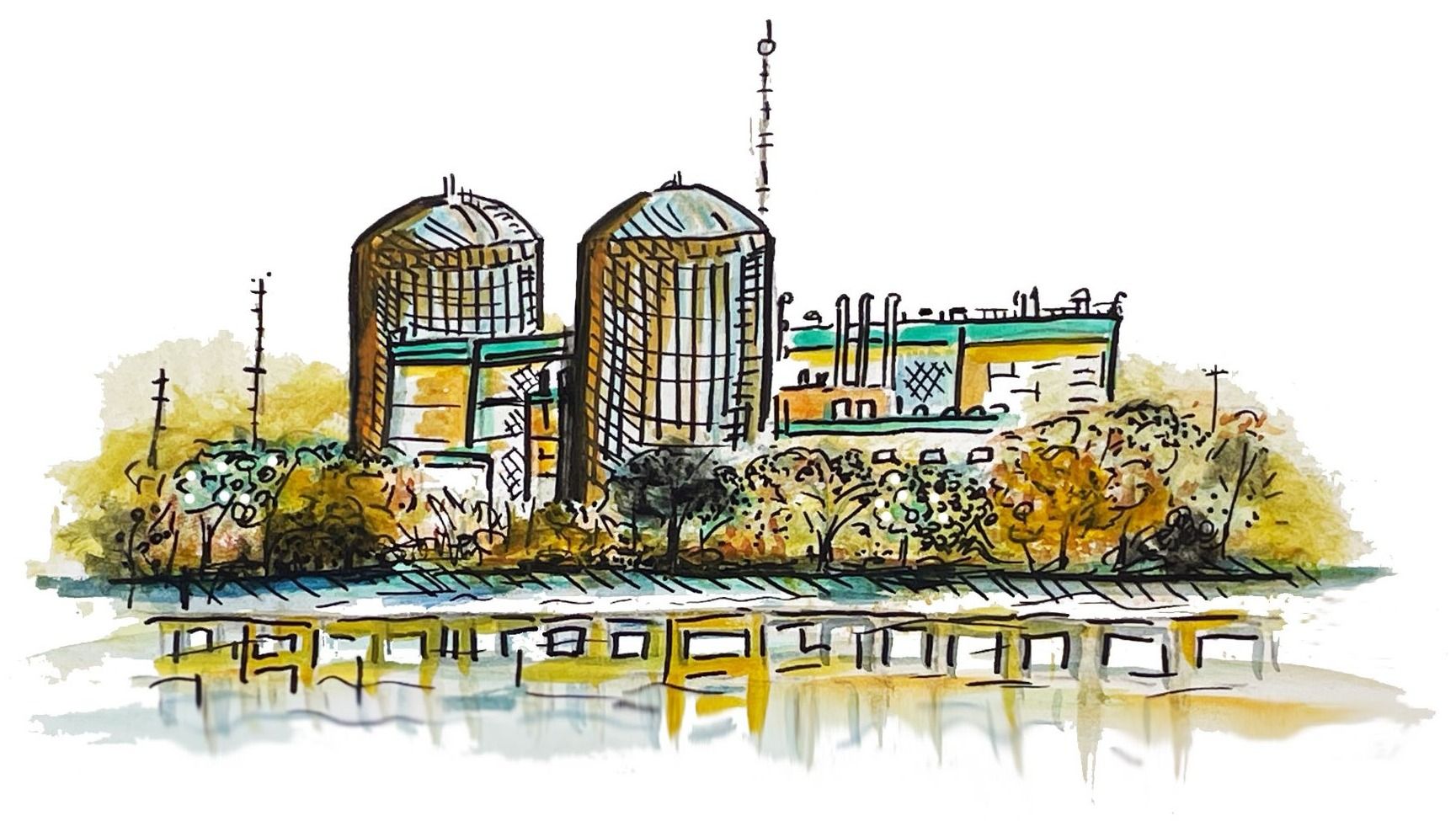
The Monticello nuclear plant faced national publicity following the release of water contaminated with radioactive tritium after a pipe leak. The incident was discovered and reported last fall but flew under the radar of state media agencies for several months, and Xcel faced scrutiny earlier this year when the public became aware.
In March, a second leak was detected at the Monticello plant. The resulting shutdown lowered water temperatures in the abutting Mississippi River, precipitating a downstream fish kill of 230 fish – as well as more negative publicity for the company.
Given the state mandate to pivot to carbon-free energy by 2040, nuclear power will inevitably play at least a temporary role in Minnesota's energy future. Whether that includes new nuclear plants will depend greatly on whether its supporters can bridge political divides, build trust, and overcome the lingering memory of past disasters.
Why did we do this story?
Hi reader! Nora Hertel here, founder and editor at Project Optimist. We like to focus on solutions and community, so why would we publish a piece on nuclear meltdowns and lesser disasters? The journalist on this project, R.C. Drews, and I agreed to take a comprehensive look at nuclear energy while we're at a pivotal moment in the transition to carbon-free electricity. Nuclear power is complex whether you're looking at the science, the politics, or the history, and we decided to look at all three. Part I of the Nuclear at a Crossroads series explores Minnesota politics around nuclear. Part II is a solutions journalism-style piece with lessons on pitfalls and potential solutions. Part III highlights four voices influencing the nuclear debate today, including Miss America and a spokesperson for the Prairie Island Indian Community. We didn't want to leave out the global disasters that shape public opinion and public debate, so here we are with Part IV. Next you can expect a piece on the history of nuclear power in Minnesota and one on emerging technologies. Thanks for being here. We appreciate you!
